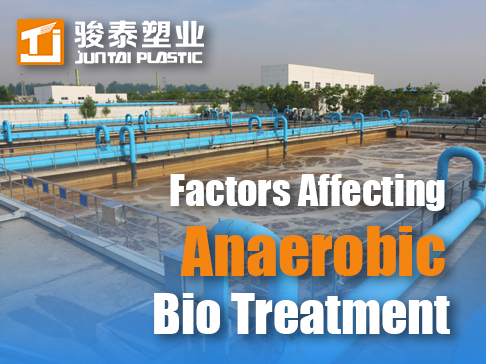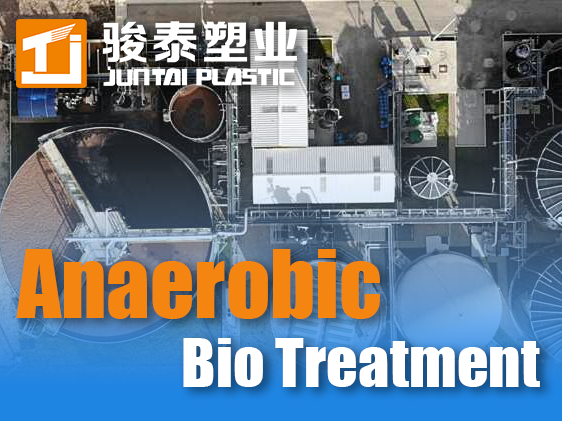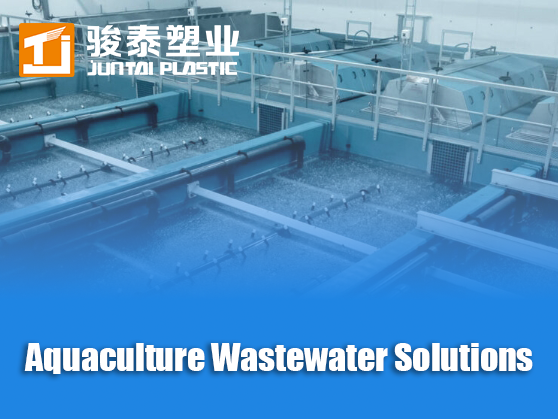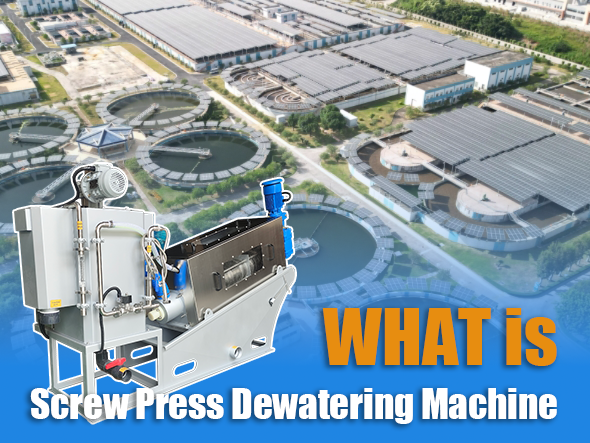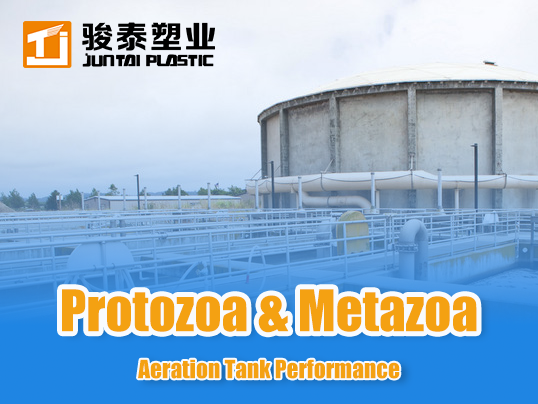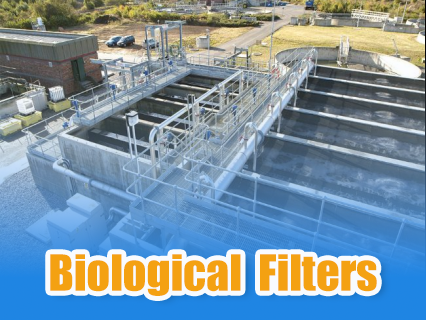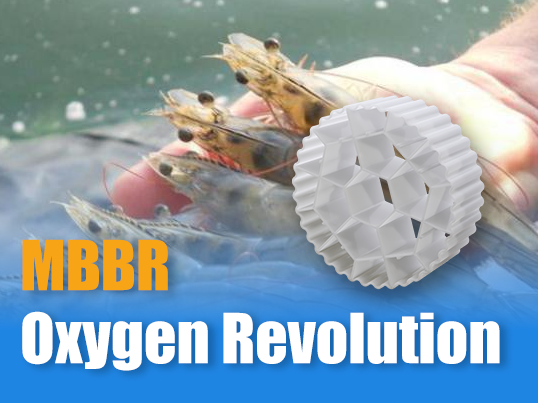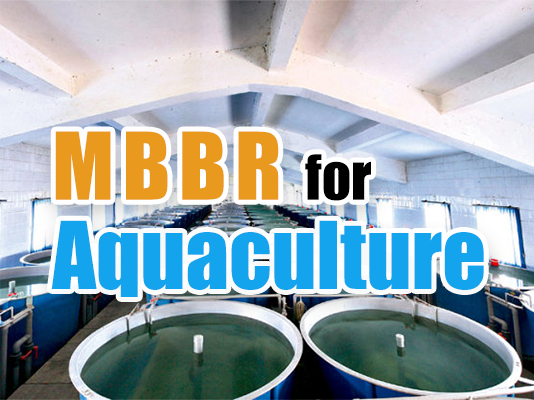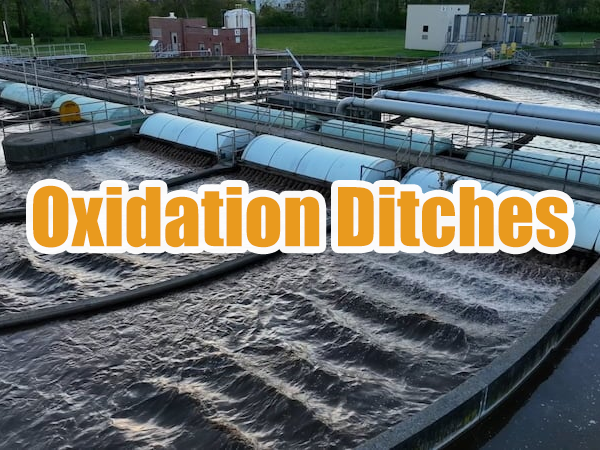 +86 13600513715
+86 13600513715 0102030405
Anaerobic Biological Treatment: Characteristics and Influencing Factors
2025-07-03
Introduction
Anaerobic biological treatment is a process that decomposes organic pollutants in the absence of oxygen, utilizing anaerobic microorganisms to convert complex organic compounds into methane (CH₄) and carbon dioxide (CO₂). This method is widely applied in high-strength Wastewater Treatment and sludge stabilization due to its energy efficiency, low sludge production, and ability to degrade recalcitrant organic matter.
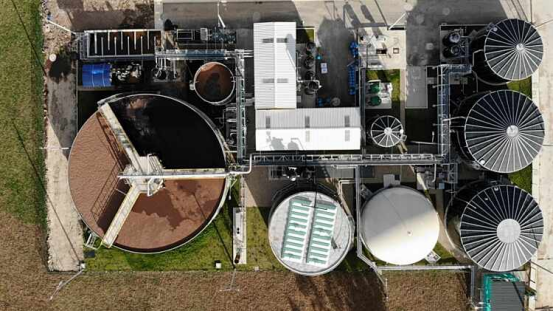
Key Characteristics
- Low Energy Consumption: Anaerobic systems require no oxygen supply and produce methane gas with high calorific value.
- Low Sludge Yield: Anaerobic microbes grow slower than aerobic microbes. Aerobic systems produce 250–600 g of sludge per kg of COD₅ removed, while anaerobic systems yield only 20–180 g.
- Degradation of Recalcitrant Organics: Anaerobic processes can fully or partially degrade certain macromolecular organics that aerobic systems cannot break down.
- High Sensitivity to Environmental Factors: Anaerobic microorganisms are more sensitive to temperature and pH fluctuations, making system operation and management more challenging.
Factors Influencing
- Temperature: Two optimal ranges exist: thermophilic (~55°C) and mesophilic (~35°C).
- pH: The ideal pH range is 6.8–7.2.
- Organic Loading Rate (OLR): Anaerobic systems typically use COD₅ for analysis (unlike aerobic systems relying on BOD₅). The volumetric loading rate can reach 5–10 kg COD₅/(m³·d), 10 times higher than aerobic systems.
- Nutrients: The recommended C:N:P ratio is (200–300):5:1. Methanogens require trace elements (e.g., Fe, Ni, Co, Mo) and sulfide (optimal: 11.5 mg/L).
- Oxidation-Reduction Potential (ORP): Non-methanogens tolerate ORP < +100 mV, while methanogens require ORP < -150 mV (ideally < -330 mV during startup).
- Alkalinity: Bicarbonate alkalinity stabilizes pH. Supplemental alkalinity (e.g., NaHCO₃, lime) may be needed.
- Toxic Substances: Heavy metals, sulfides, ammonia, chlorinated organics, and synthetic compounds can inhibit microbial activity at low concentrations.
- Hydraulic Retention Time (HRT): Higher upflow velocities improve mixing but must balance sludge retention.
Conclusion
Anaerobic treatment offers energy recovery and low sludge yield but demands precise control of temperature, pH, and nutrients. Understanding these factors ensures stable and efficient system performance.




